40-minute digital presentation represents "one of the most challenging projection mapping projects ever".
The spectacular inauguration of the new £97m Titanic Belfast visitor attraction, which marks the centenary of the luxury liner's fateful maiden voyage, presented QED with one of its most challenging tasks yet confronted.Charged with presenting a 40-minute long story of Titanic simultaneously onto three of the dramatic building's four faces, the event team not only had to battle with the elements but the particular challenges of projecting onto a structure that was unique in every possible way. Each face is markedly different in shape, size and orientation and the entire building is clad with over 3,000 silver anodized aluminium shards, 2000 of which are unique.
The synchronised sound, light and fireworks extravaganza - co-hosted by Belfast City Council and Northern Irish Tourist Board - was produced by Culture Creative and designed and created by Seeper, who called upon QED to deliver the projection together with technical production support from White Light and pyrotechnics by The World Famous.
To cover all three sides and six faces of the Signature building QED deployed 24 of its Christie Roadster HD18K 3-chip projectors, a variety of lenses and a DVI/Ethernet fibre distribution system comprising of six 12-channel 200m fibre-optic multi-cores.
When QED director, Paul Wigfield, and head of digital media, Richard Porter, first visited the location it was still very much a building site, and it quickly became apparent as to how exposed to the elements and how difficult it would be to situate the projectors; every option in terms of positions, lenses and structures needed to be considered, paying particular attention to the audience viewing positions and the need to project as square on as possible to each of the six faces of the building.
The most robust and discrete solution was to deploy portacabins stacked in pairs which enabled the Christie HD18Ks to project through the windows in each of the upper cabins on every side. The projectors were mounted on internal decking inside each cabin, then doubled and blended to create the massive three-sided projection experience. The 20,000 lumen Roadsters offered the only realistic solution not only because of their compact form factor (allowing them to physically fit through the narrow cabin doors) but also because the geometric correction of the Twist modules enabled all the projectors to be precisely doubled up from different angles from the small cabin windows. This resulted in phenomenally high brightness as well as a highly even spread of light.
The building is designed to reflect light and as a result it produces extremely varying results when projected upon and viewed from different angles. With so many individual reflective metal shards and triangles cladding the building, and with every face at a different angle, this posed enormous challenges on all technical fronts. The building had to be fully laser scanned and each triangle had to be individually mapped - a truly phenomenal undertaking by creative designers Seeper.
The projection mapping and edge blending was handled by Seeper's bespoke SeeServer media server which also supplied the audiovisual playback, pyrotechnic triggers as well as real-time graphics and interaction.
The success of this mission hinged on meticulous planning in all departments - all the projectors pre-balanced to ensure maximum overall brightness and the entire projector network was fully set-up and tested in advance, along with the massive yet highly discrete fibre-optic network that was deployed around the site perimeter sending signals to the cabins on the north, west and south sides of the building from the one central control point.
As a result, around 30,000 visitors were able to experience the spectacular opening show from Albert Quay and The Slipways, the site where the ship was built. This was followed later in the week by an interactive projection on the north side, allowing visitors to transform the appearance of the building using live motion tracking and depth-sensing technology, and which culminated in an MTV concert at the end of the week.
Paul Wigfield commented "The ability to hit all three sides of the building with the same content, individually tailored to suit the particular shape and size of each side, was an extremely difficult creative and technical challenge requiring a big team effort. Led by Zoe Bottrell, director of Culture Creative, and Evan Grant, founder of Seeper, it was probably the best event of its kind that we have ever been involved with. The Titanic Signature building is truly awesome to behold, and the 40 minute light-show paid great homage to not only the building itself but also to the city of Belfast. It really was a great privilege to have been part of such a fantastic event."
Photos 1-3 by Harry Ricardo
Photos 4-10 by Mike Snarr
QED Projection Team
Richard PorterDavid Voyce
Harry Ricardo
Ian Yeomans
Mike Snarr
www.qed-productions.com
Event Producer
Culture Creativewww.culturecreative.co.uk
Creative & Technical Design
Seeperwww.seeper.com
Pyrotechnic Design
The World Famouswww.theworldfamous.co.uk
Production Support
White Light Ltdwww.whitelight.ltd.uk












